ok i never took a glider up nor know nothing about it..well a lil bit but how do u look for thermals? and if your really really high in the sky how do u look then?
Apparently, other than feeling for lift or keeping an eye on the variometer, or VSI (or keeping an ear open- many gliders have variometers that beep to tell you when you're getting any lift), glider pilots also look for terrain that might provide uplifting warm air... surfaces that are reflective, like wooded areas, will absorb less heat, but pavement and plowed fields will absorb more, and release it sooner than, say, water (which hangs onto heat).
It doesn't have to be very hot, there just needs to be a good difference between the air over one location and the air nearby.
Other than looking down, one can look for growing clouds... or soaring birds. Raptors and scavengers make constant use of thermals, as well as mechanical lift from wind passing over high or steep terrain, and they are very good at finding it. If you see a hawk or buzzard going up or just circling, chances are very good that it is riding on a column of rising air.
I also know some regular glider pilots who say they've been drawn to thermals by the sight of grass clippings and even plastic trash bags seen climbing upwards... ;D
I haven't done any nonpowered flying, but all of this stuff can be verified by any powered-aircraft pilot; flying something like a Champ in particular taught me quite a bit about lift , both thermal and mechanical. And downdrafts... eeeeee.... but that's another story. ;D
But don't take my word for it: this site provides excellent info on how gliders do it. To read parts 2 and 3, go to "Articles > General" in the left margin...
http://www.ushpa.aero/article26.asp
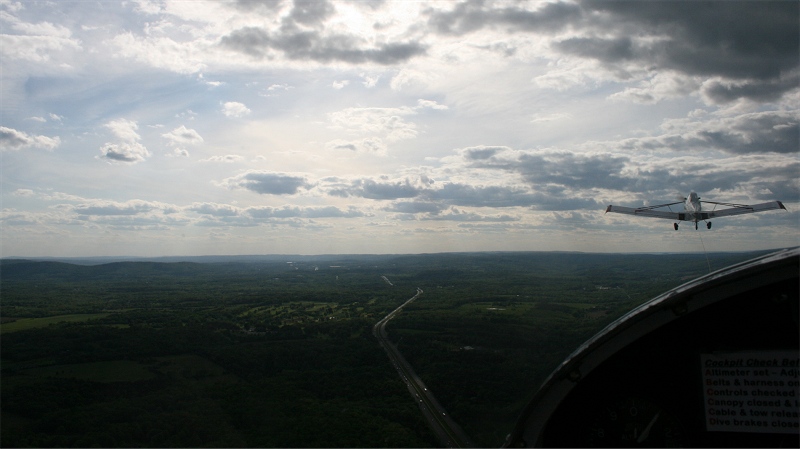
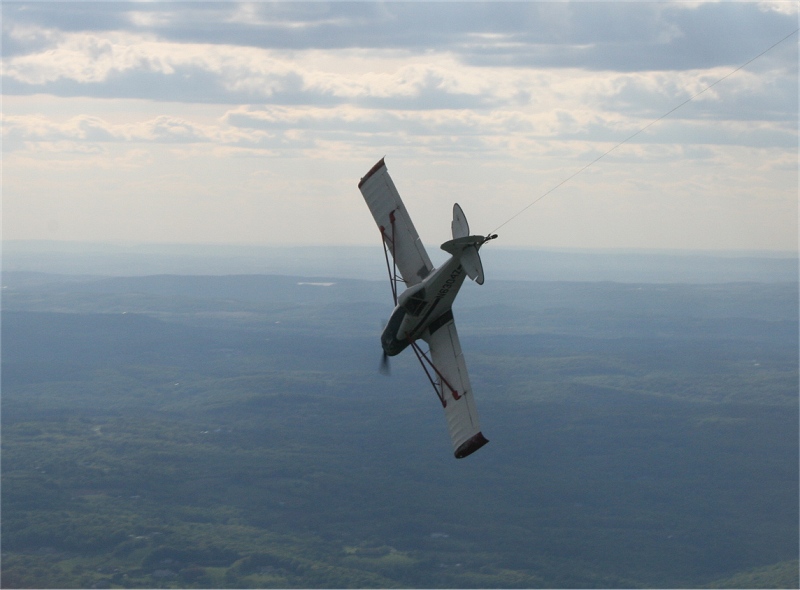
 )
)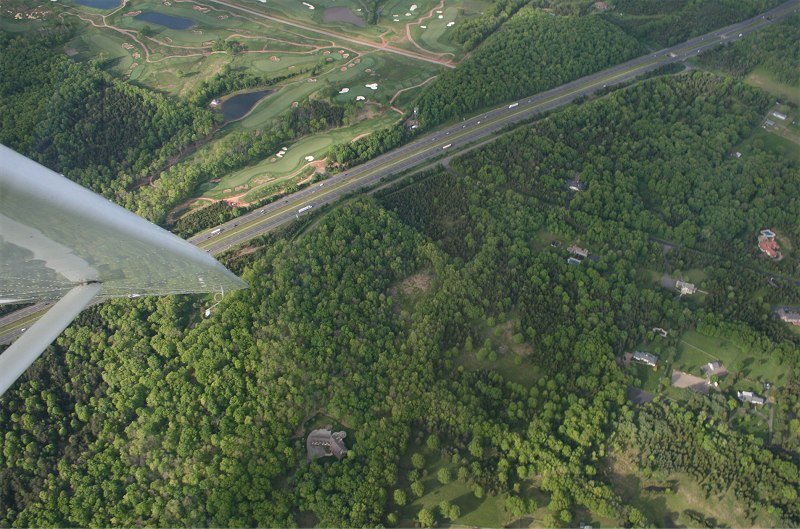

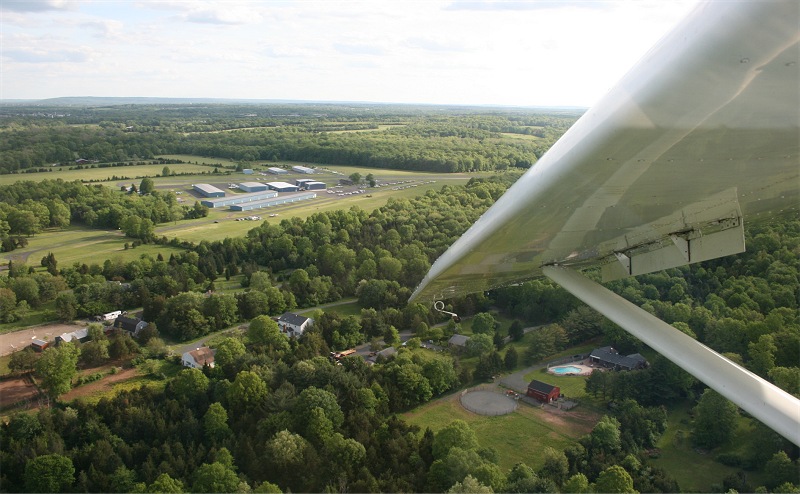
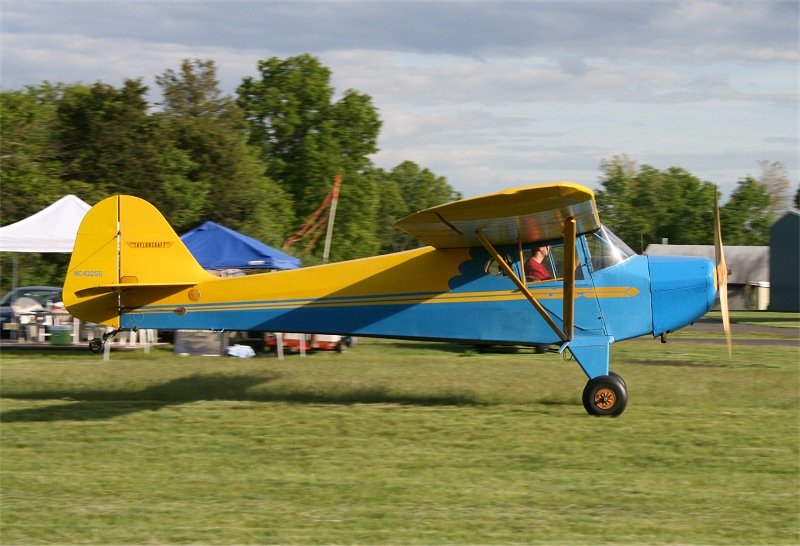









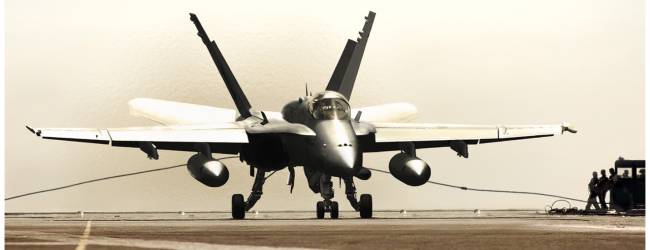








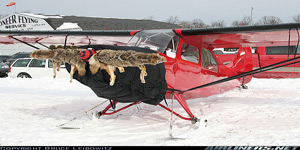 People Eating Tasty Animals.
People Eating Tasty Animals.

